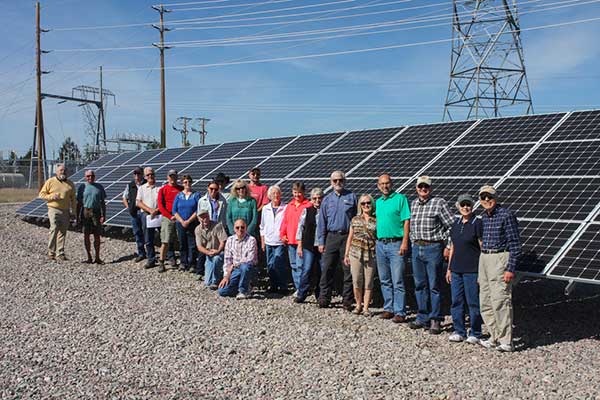In 2022, US community solar installations saw a decline of 6% year-over-year and a 13% drop in Q1 of 2023.
This downturn was mainly caused by the previous year’s supply chain uncertainty, coupled with interconnection and siting challenges, which impeded progress in vital state markets like Massachusetts and Maine. These insights were provided in a recent report by Wood Mackenzie, in collaboration with the Coalition for Community Solar Access (CCSA).
Despite this recent decline, the community solar sector is projected to bounce back starting in 2024, continuing to grow for at least the following five years. Wood Mackenzie’s forecasts reveal that existing markets are expected to expand at an annual average rate of 8%, with nearly 14 gigawatts (GW) of cumulative capacity anticipated by 2028. This projection does not include the potential uplift from new programs.
Continuing success in New York and Illinois, along with positive policy updates in Maryland, Minnesota, and New Jersey, will drive near-term growth. Additionally, California’s newly proposed program has the potential to comprise 20% of Wood Mackenzie’s national outlook from 2024 to 2028, as stated by Caitlin Connelly, a research analyst at Wood Mackenzie.
Under the Inflation Reduction Act (IRA), recent US Internal Revenue Service guidance regarding investment tax credit (ITC) bonus adders has demonstrated that qualifying for multiple adders may be challenging. Community solar developers are most likely to pursue the low-income communities (LMI) adder first, as highlighted in the report findings.
Furthermore, the $27 billion Greenhouse Gas Reduction Fund (GGRF) brings fresh opportunities to the community solar landscape. Particularly beneficial will be the US Environmental Protection Agency’s ‘Solar for All’ fund within the GGRF, offering up to $7 billion to foster community solar programs, with a focus on aiding low-income communities.
According to Matt Hargarten, VP of Campaigns at CCSA, community solar’s growth is on a strong long-term path. He emphasized that “capacity is projected to more than double over the next five years in existing state markets alone” and acknowledged the potential impact of new states passing community solar laws and the expected billions in federal grants.
Wood Mackenzie and CCSA have introduced alternative forecasts for community solar, reflecting either an uplift or downgrade based on key market variables like supply chain dynamics, retail rate changes, and policy updates at both the state and federal levels.
Additionally, the report identified that subscriber management companies such as Arcadia, Perch Energy, and Ampion now manage over 50% of the total community solar market.
Connelly concluded, emphasizing the continuing reliance of developers on third parties to manage subscriptions. Successful subscriber management companies are utilizing software tools to reduce acquisition costs and employing business models focused on effectively targeting low-income populations, adapting to increasingly stringent state-level subscriber requirements.











Comments